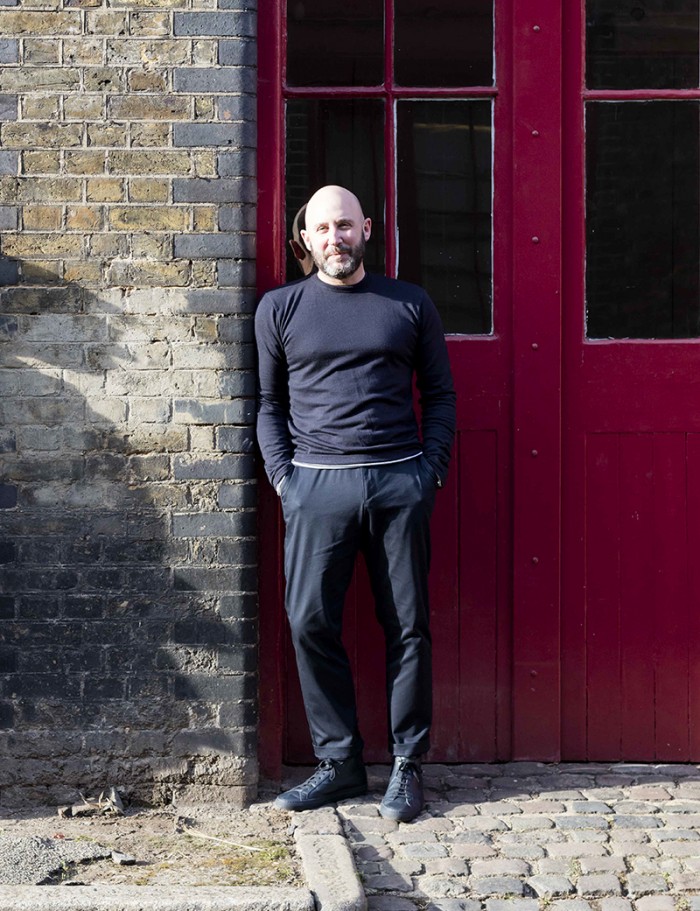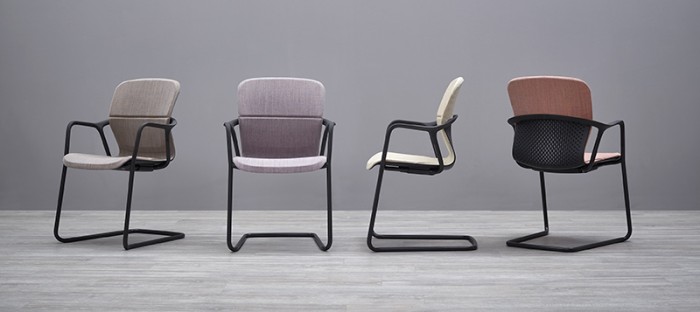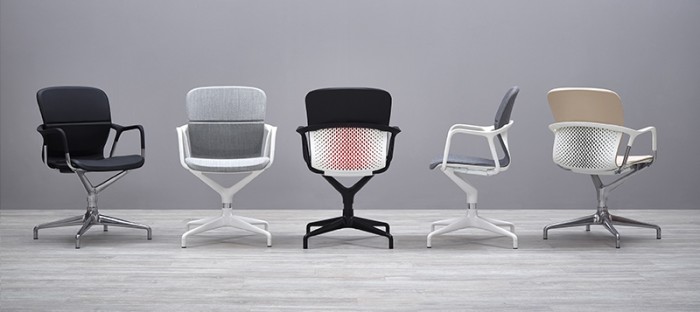Q&A With Richard Stevens, forpeople

Richard Stevens is one of the UK’s leading designers. His career includes working with iconic brands around the world as founder of design company forpeople and defining the future of one of the world’s leading airlines as creative director of British Airways.
Tell us how you got into design?
My father and grandfather were both architects and members of my family were practising artists down in Cornwall. So, I was immersed in the creative world and got taught to draw ‘properly’ at a pretty early age.
On top of that, a few things led me in to design – the first was the fact that I had an amazing design teacher at school (surprising considering it was a very traditional boys boarding school in the 1980’s). He recognised a talent in me and pushed it.
“a few things led me in to design – the first was the fact that I had an amazing design teacher at school”
Secondly, my fine art teacher brought in a sunday newspaper article on the Royal College of Art Vehicle Design course, back in 1984. From that moment on I wanted to go to the Royal College and become a car designer.
And finally, that same year my mother gave me Dick Powell’s (SeymourPowell) seminal design book ‘Presentation Techniques’ for Christmas. That book really inspired me and although it’s a bit battered now it still has pride of place on a shelf in my studio in Cornwall. I actually still need to get Dick to sign it.
Where do you find your Inspiration?
When you work with Herman Miller you can’t help but be inspired by (and slightly in awe of) their design heritage. In particular, the incredible work of Charles & Ray Eames and the guys at Studio 7.5. It only really dawned on me what we are about to launch when I stood in the Barbican recently, at the Eames exhibition. Even in a small way, becoming part of that kind of design lineage is pretty moving.
“You can learn so much from observing how other people work.”
Over the years I have got to meet and work with some truly inspirational people. And whenever I get the opportunity I will pull them in to projects we are working on. Not necessarily designers but unassuming people who have an incredible commitment to, and talent for their craft. They might be a copywriter, modelmaker, engineer or photographer. You can learn so much from observing how other people work.
If I am honest I’m not often inspired by other designers. And I am really not interested in design for designs sake. My biggest inspiration is where I come from. I grew up on the Isles of Scilly, on a small island with only one hundred inhabitants, surrounded by the sea (the Herman Miller project codename was ‘Tresco’ after one of the islands). I grew up spending most of my time either in or on the water (I still do whenever I can) so I have always had close links to the RNLI. So, for my final year university project I designed a lifeboat, working with the design & engineering teams at the RNLI.
“It made me realise that design is about doing the right thing for the right reasons. It isn’t about decoration.”
I trained as a lifeboat crewmember and spent a lot of time learning about what ‘design’ means in a world where you really can’t afford to get it wrong. I will never ever forget two statements I saw during that time that have inspired me ever since.
Written on plaques inside the lifeboats were the words ‘never turn back’ and ‘service not self’. It made me realise that design is about doing the right thing for the right reasons. It isn’t about decoration. It’s about striving to anticipate the best answer to peoples’ needs, in a way that works for an organization and the world around us
Tell us a little more about the new chair with Herman Miller?
The typical topography of a side or meeting chair ‘group’ consists of a four-leg base, a cantilever base and a pedestal base, each with or without the option of arms.


Our challenge from Herman Miller was how to resolve the design of each of these types without compromising aesthetic appeal, continuity or structural integrity across the group. At the same time Herman Miller wanted us to maximise the opportunity for shared componentry.
The problem is that most competitor products look somewhat compromised and lack desirability in one or more of their base variants due to the complex geometry and part make-up of each chair.It was at this point that we realised this would not be an easy problem to solve.
“Research shows that people move up to 53 times an hour while sat down”
On top of this, while the initial design brief for the project didn’t specify movement, it rapidly became clear through our observations that this needed to be a key feature of the design. Research shows that people move up to 53 times an hour while sat down; you only have to watch people in a meeting for a short time to see how much they shift and fidget. So it made sense for us to consider how we enable the chair to move with the user.
To provide the best support, the back of the chair should be in contact with your spine as soon as you are seated. For this project we went a step further, to ensure that the design of the seat back has enough flex to remain in contact with your back as you recline. We wanted to create that movement in the chair so that it happens naturally.
The flex allows people in a really simple way to change their posture whilst they are seated, by enabling the seat shell to open up around 10 degrees. That subtle movement gives the body enough time to be able to change posture as people shift and move around during their day to day.
What would you say is the most challenging element when designing for collaborative environments?
What we know is that ‘work’ is shifting more towards an experience than a particular space or place. There are some big ‘shifts’ that are influencing the way we work and challenging the way we design the work places of the future.
For me, the big ones are:
1. Blurring of Physical and digital – People don’t readily make a distinction anymore between behaviours, technology, techniques and activities that are ‘work’ and those that aren’t.
2. Postural Wellbeing (not Ergonomics) -It is well established that there is a direct correlation between posture and productivity. Therefore, it is key to address postural wellbeing whilst considering technological influences and environmental shifts
3. On / Off – The ‘opening’ of offices for collaboration has become mainstream. However, people are still migrating to seek privacy. The question is whether people need a physical destination or should be able to find privacy in their own adjustable space




